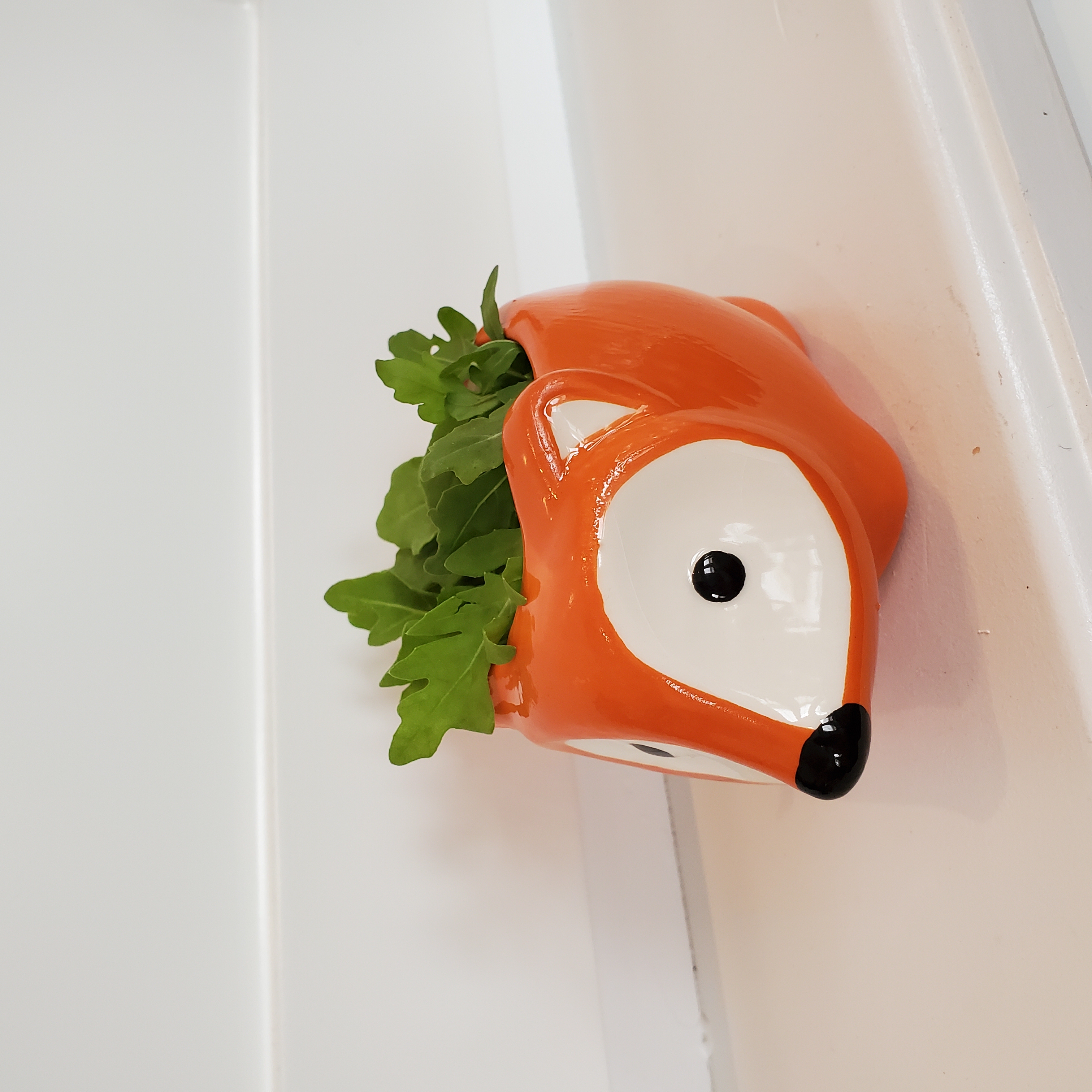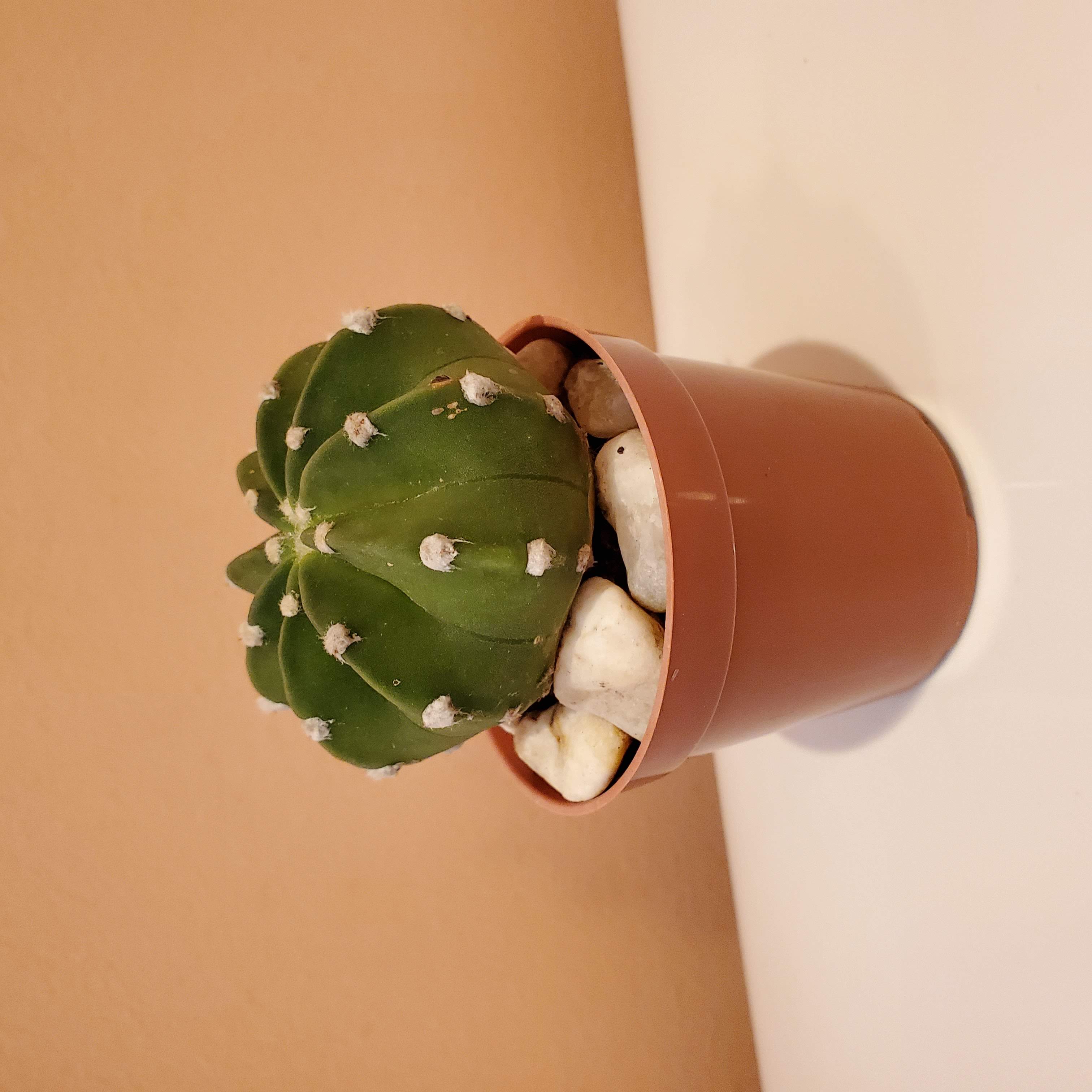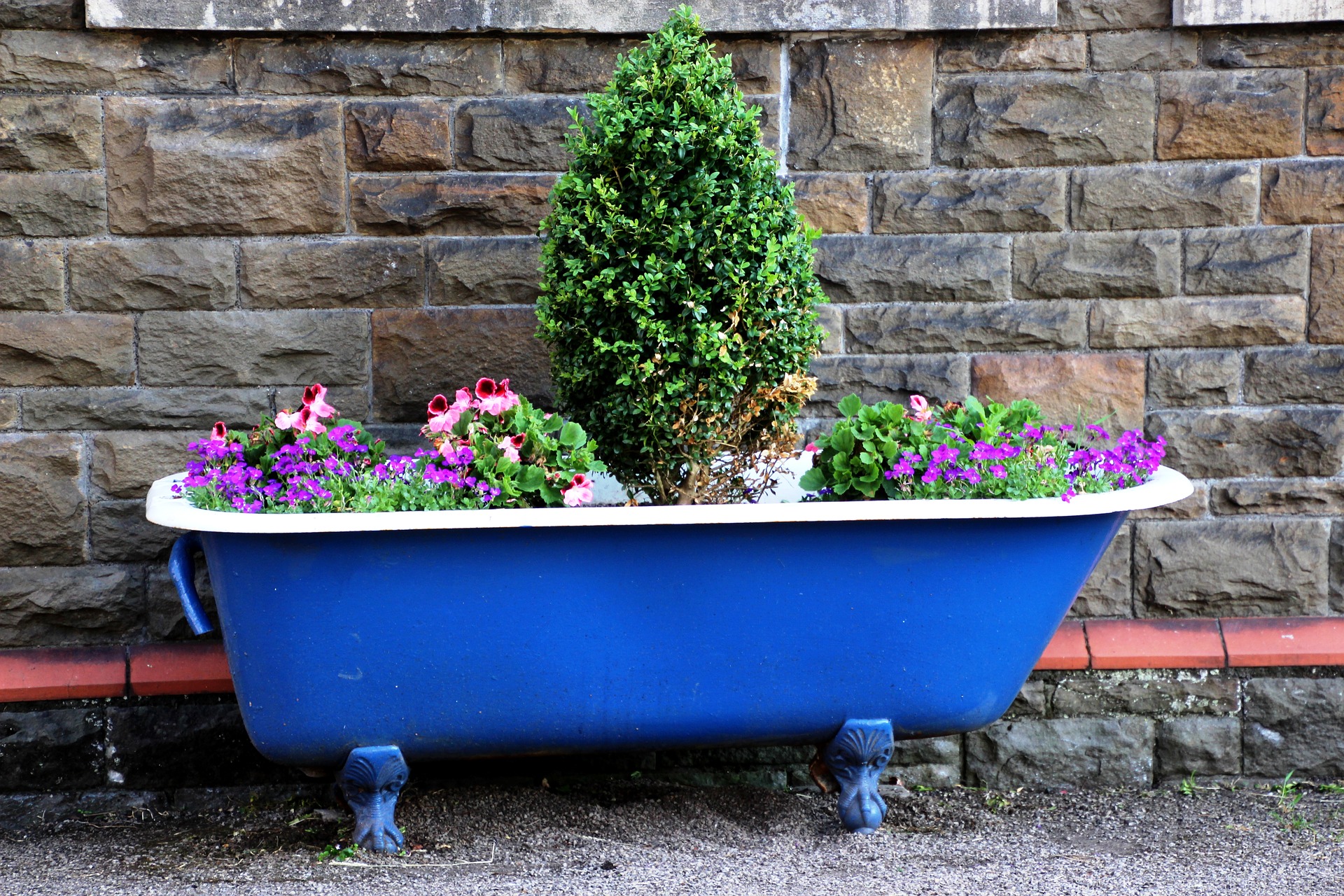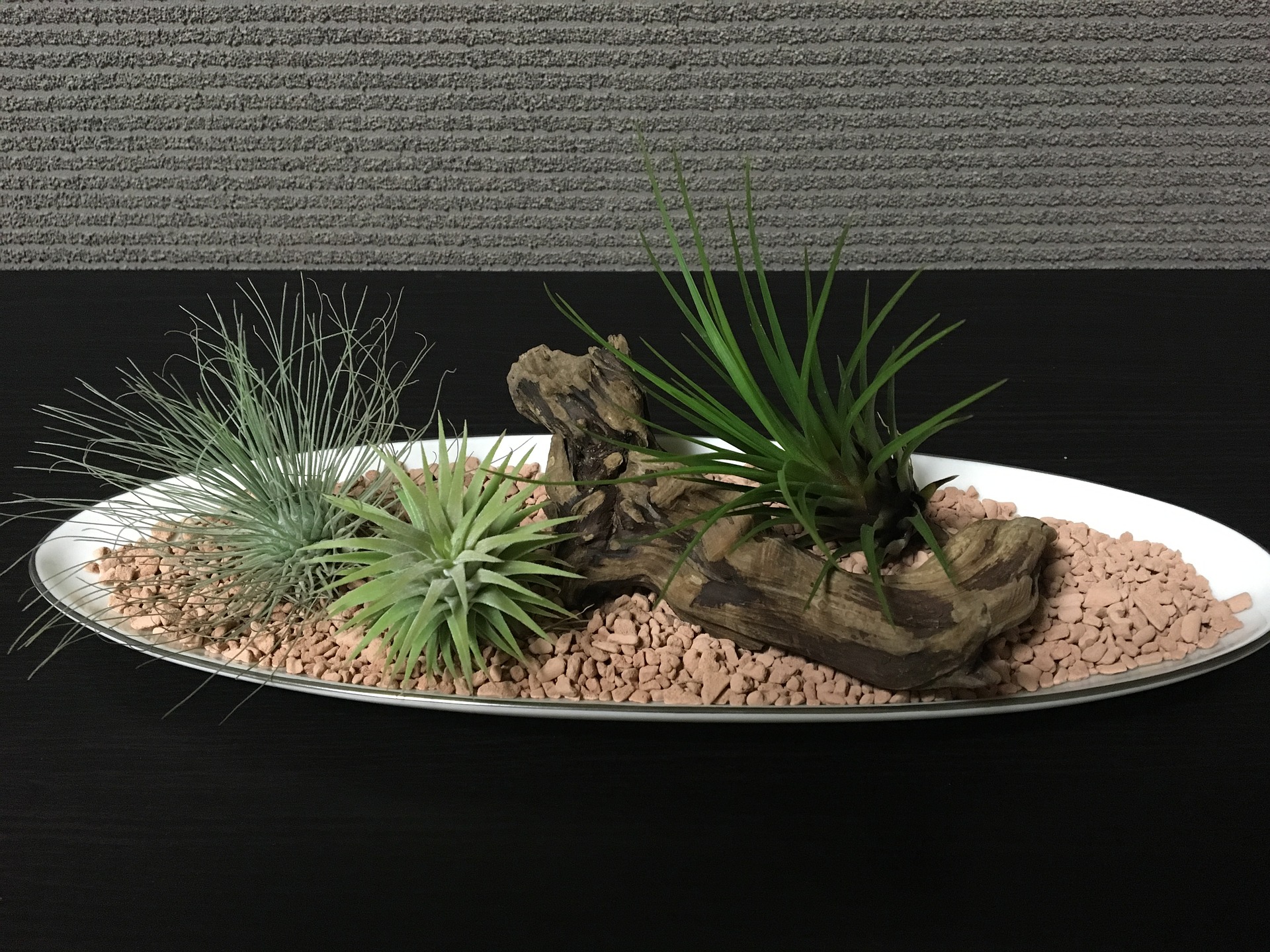- Home
- Herb Garden
- Growing Herbs in Pots
11 Tips for Growing Herbs in Pots
Growing herbs in pots is an easy way to have fresh herbs ready to harvest at your fingertips. In this article, we'll cover some of the top tips for successfully growing herbs in containers.
1. Select the right location
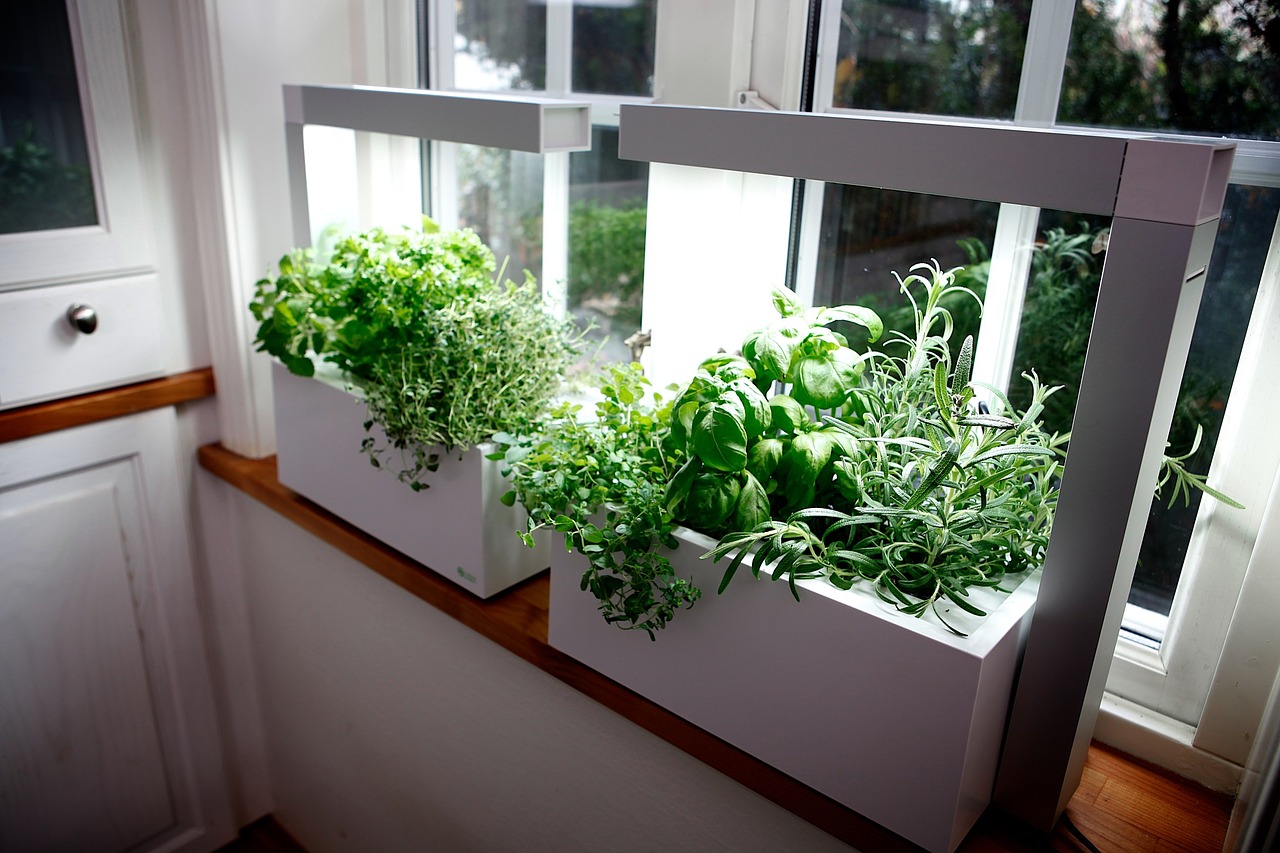
Choose the right location for your herb containers: if you want to use them in your cooking, then place the pot just outside your kitchen door or on your kitchen windowsill, so they will be convenient to access as you're preparing food. If you have to trek to the other side of the house or yard to pick your fresh herbs, you're much less likely to use them.
You can also place individual herb planters in various places in your garden, to fill a bare spot, next to a seating area to provide pleasant aroma, next to the barbecue area, along a garden path, etc. Small herb pots can also be moved around in the garden or in your home, rotating them between areas with more sun and places where you can enjoy their scents and texture or use in cooking.
Best Choices for Growing Herbs in Pots
These are some of the best herbs to grow in containers:
- Basil
- Chives
- Greek oregano
- Lemon balm
- Mint
- Parsley
- Rosemary
- Sage
- Thyme
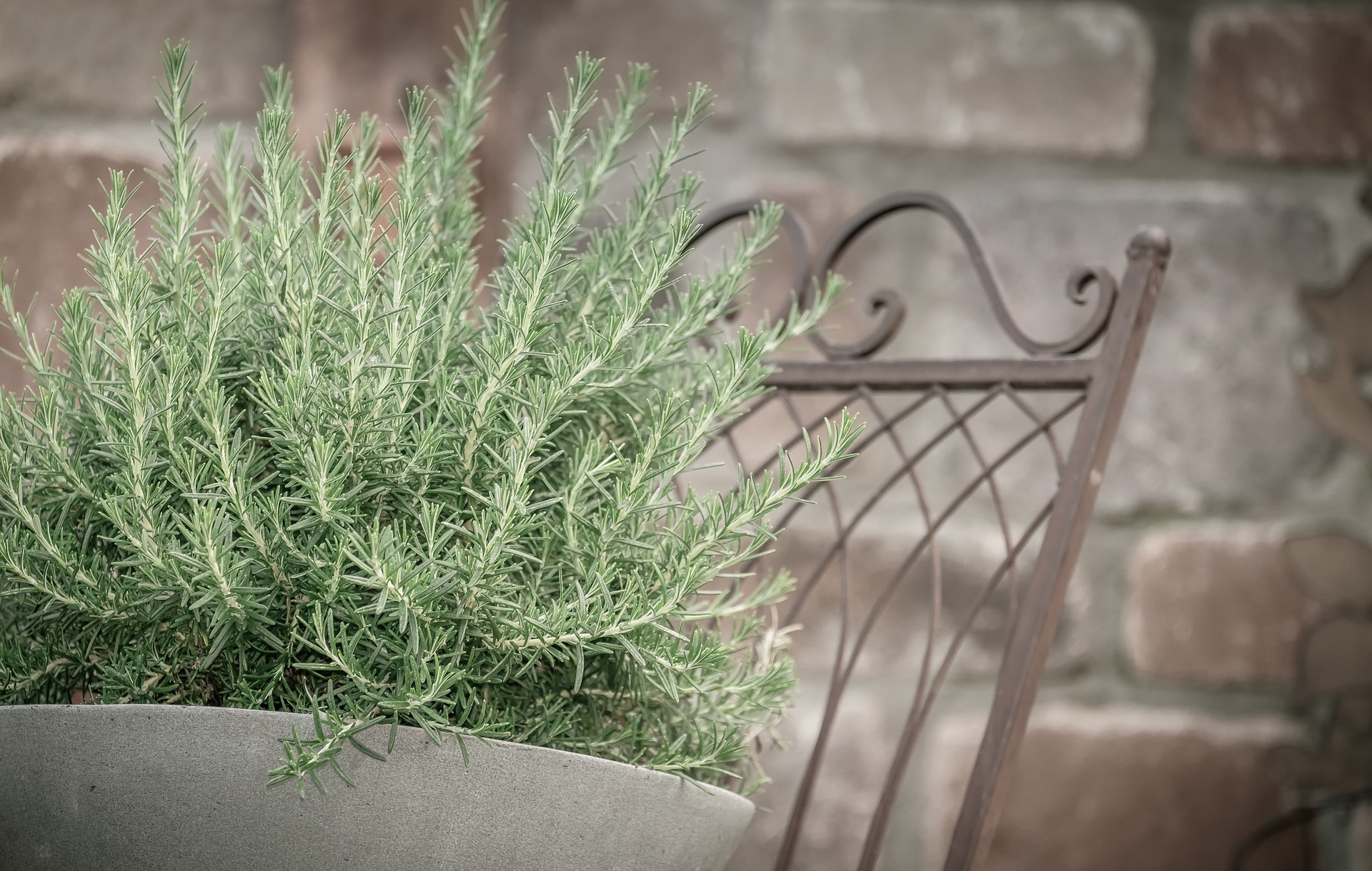
Pot of rosemary growing on sunny patio.
2. Combine compatible herbs and other plants
If you're planning a combination potted herb garden, make sure you select herbs that have similar light and water requirements. And be sure to match your container herb garden combinations with the environmental conditions at the location you've planned, in order to achieve the best results.
For example, rosemary and parsley will not do well together in the same pot. Rosemary likes hot sun and soil that dries out quickly. Parsley prefers consistent moisture and some protection from the hottest sun of the day.
When growing herbs in pots, you can also consider including other annual or perennial plants for an attractive display. Just make sure they all have similar needs, and avoid plants that are poisonous for obvious reasons. You can even include edible flowers like nasturtium and pansies, and flowering herbs like chives and chamomile.
3. Choose the right container
It's important to select the right container to use for your herb garden planter. Your container must have good drainage (holes in the bottom that allow excess water to flow out) and be the right size for your intended use. You can also use fabric planters.
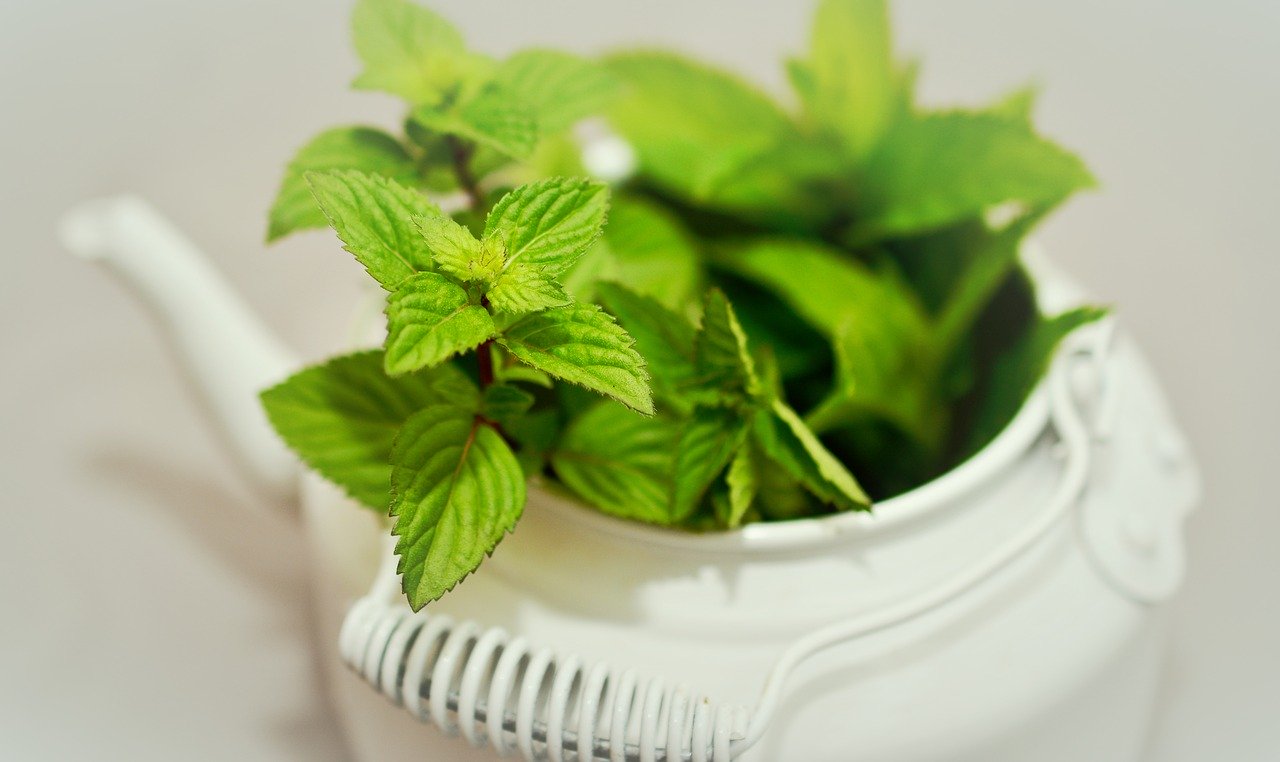
If your herbs are in your kitchen, then using an old cooking container can be very cute, like the mint in the teapot here.
Most herbs don't have big root systems, so smaller containers will work fine. Just remember that smaller containers will need to be watered more frequently. You can also choose self-watering containers for moisture-loving herbs like parsley, mint and chives.
The planter material makes a difference also: If you will be moving the container around a lot, then a plastic or fiberglass container will be lighter and easier to carry. Ceramic pots look lovely, but they are heavy and can crack in cold winter temperatures. Terra cotta provides great drainage for Mediterranean herbs like rosemary, but may dry out too quickly for moisture-loving herbs like parsley.
Unique Containers for Herb Pots
You can use all kinds of containers to grow your herbs or other edible plants.
This little fox pot makes the perfect planter for microgreens or small herb sprouts on your kitchen counter.
You can purchase this fox microgreen sprouting kit in our Etsy shop here.
4. Use high quality potting mix
Make sure to use a good quality potting mix, which is the best soil to use when growing herbs in pots. In a container, the roots of your herb plants are not able to search around for nutrients as they would if planted directly into dirt in your garden. Potting mix allows good drainage, has more nutrients, and is lighter. It is also less likely to get compacted than straight garden soil.
5. Fertilize... but not too much
As with all potted plants, your herbs will enjoy some dilute plant fertilizer once in a while (make sure the fertilizer you use is safe for edibles). You can also use natural additives like worm castings.
But be careful not to over-fertilize your herbs, which may result in large plants with little taste or fragrance, as the essential oils which produce the herb's flavor and aroma will be diluted.
6. Choose a sunny location for an outside herb pot
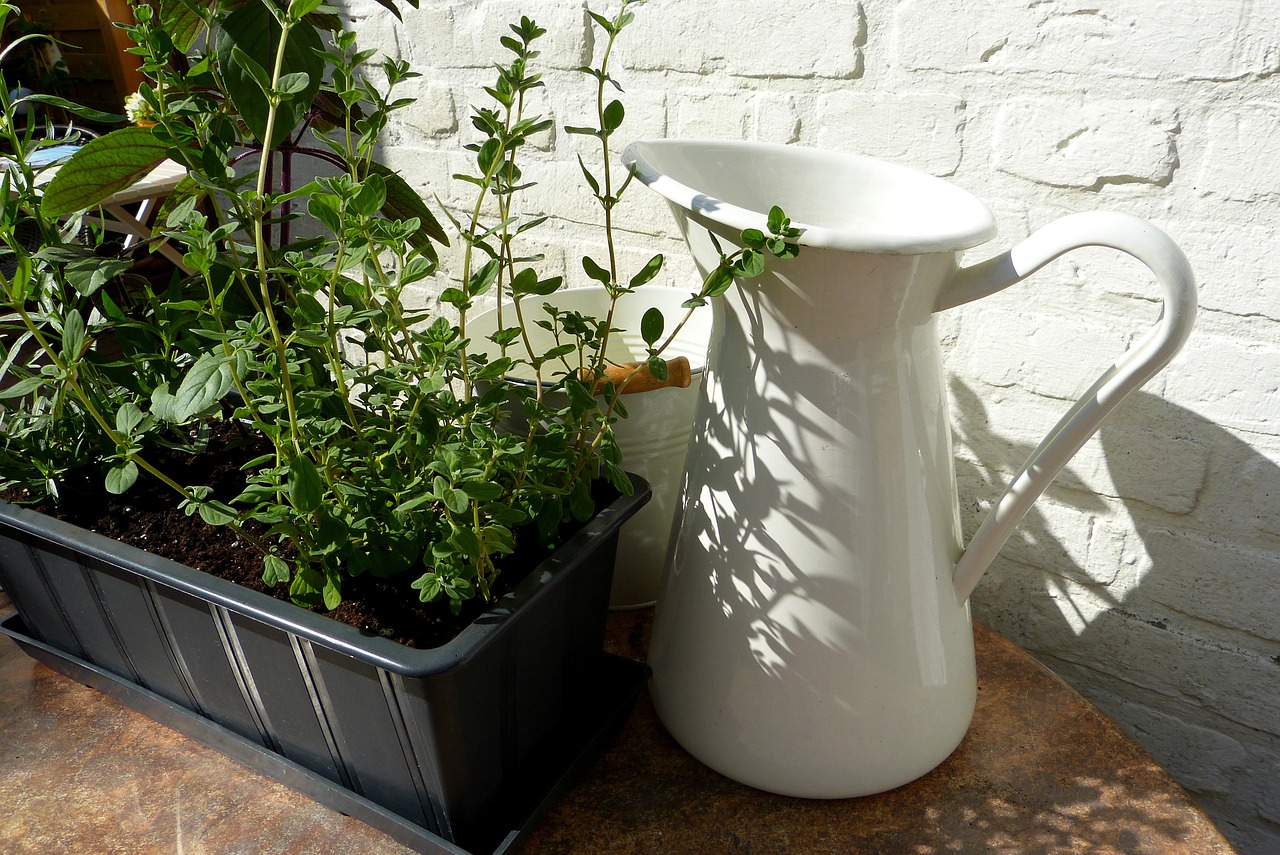
When growing herbs in pots outside, choose a sunny location. Most herbs like at least six to eight hours of sunshine per day.
If you will have to move your container when the weather starts to get cold, make sure it is not too large or it will be very heavy when full with soil. If you have cold winters you can either choose to bring the pots inside for the winter, or leave them out, wrapping the base in a protective covering so roots don't freeze solid (the above-ground foliage will die back, but the roots can sprout again in the spring).
7. Give indoor herbs enough light to thrive
If you're growing herbs in pots indoors, make sure they have sufficient light to grow well. They will either need a sunny windowsill with at least six hours of sunshine a day, or you can use a grow light or fluorescent lamp over your potted herb garden.
8. Choose herbs carefully for partial sun
If you can't provide full sun for your potted herb garden, then select herbs that can grow in partial sun: parsley, sorrel, chervil, arugula and mizuna may be good choices.
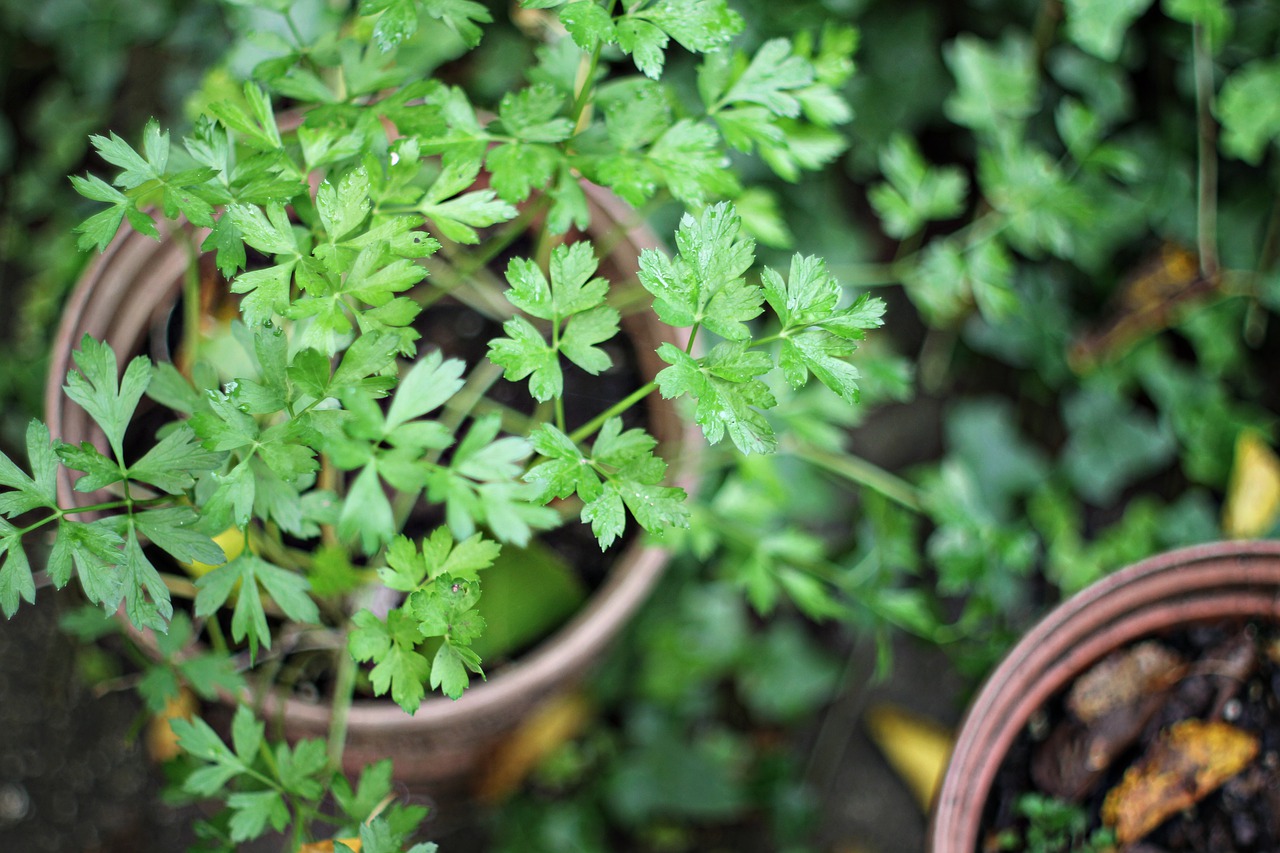
9. Lay out your planter for beauty and function
If you're growing herbs in pots you can either choose to grow them in individual containers or combine them in a single planter.
Plan your container herb garden layout for both aesthetic and functional design. Before planting your herbs, arrange them in the pot to see how they look. You can place trailing or creeping herbs like thyme in the front to fall over the edge of the pot, and taller herbs like rosemary in the back, with fillers like parsley or basil in the middle.
10. Harvest your herbs regularly
Once your herbs are established and actively growing, make sure to harvest them regularly (not all at once). If you pinch back the herbs frequently, this encourages the plants to grow bushy and strong. It will also slow down the flowering process for those herbs which lose flavor or die after flowering.
11. Keep an eye out for flowers
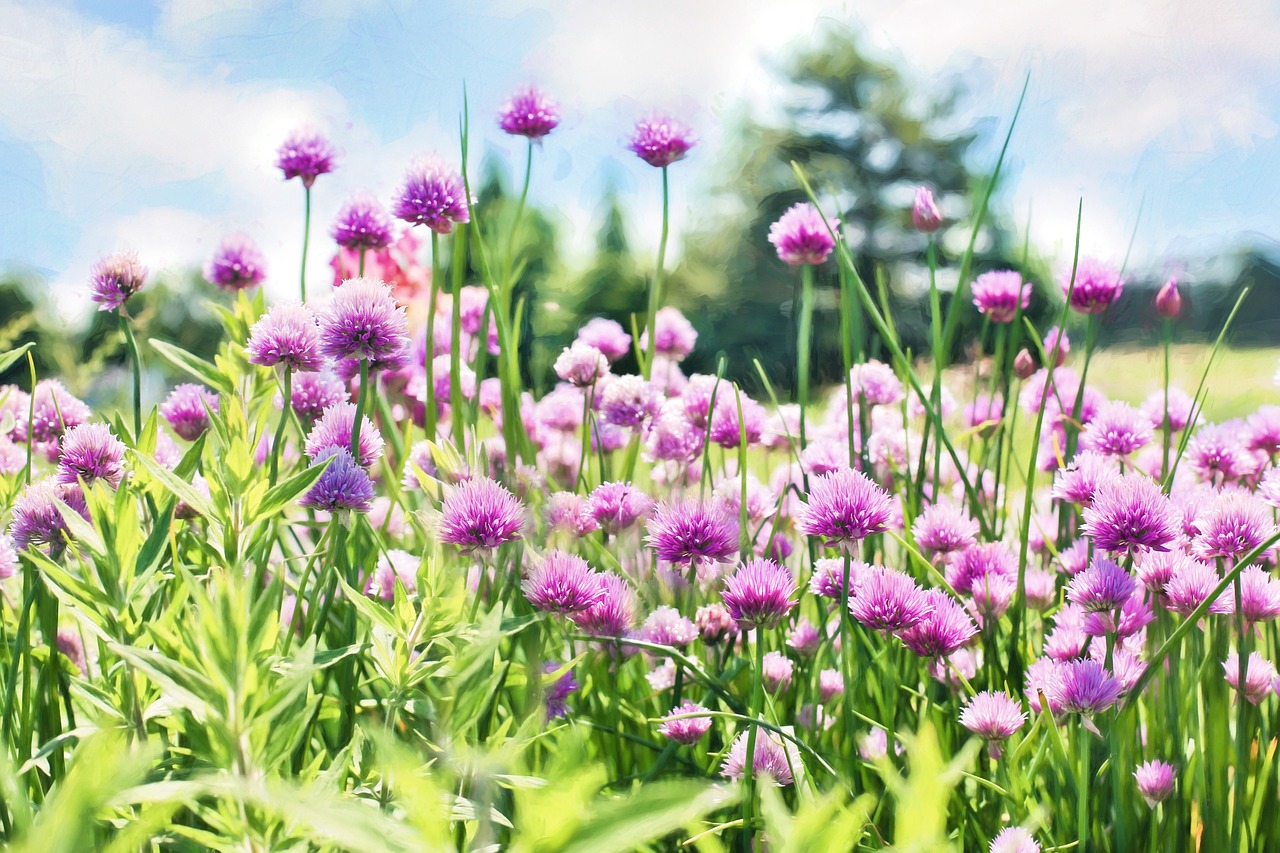
Finally, watch out for flower buds developing on your herb plants, like these flowering chives above.
All plants will flower eventually, but some herbs lose flavor once they flower (basil, mint, stevia) and others will die soon after flowering (cilantro). You can delay the process by picking the buds or flowers off when you see them. Other herbs like chives and pineapple sage produce delicious edible flowers that you can harvest along with the leaves. Use them in salads or as an edible garnish.
If you follow these tips, then you'll enjoy growing herbs in pots successfully, and can savor the taste and fragrance of delicious herbs right from your very own garden container.
- Home
- Herb Garden
- Growing Herbs in Pots
